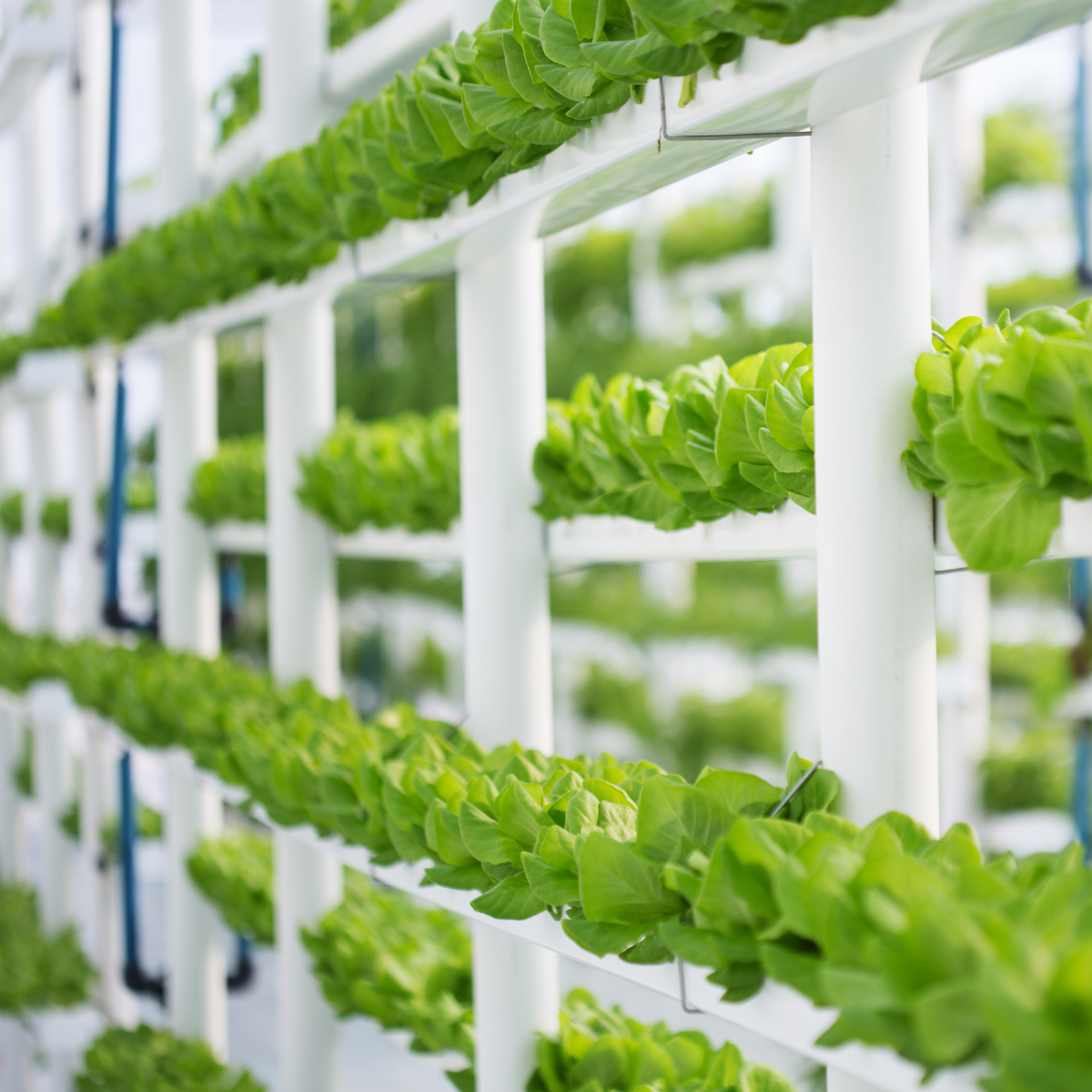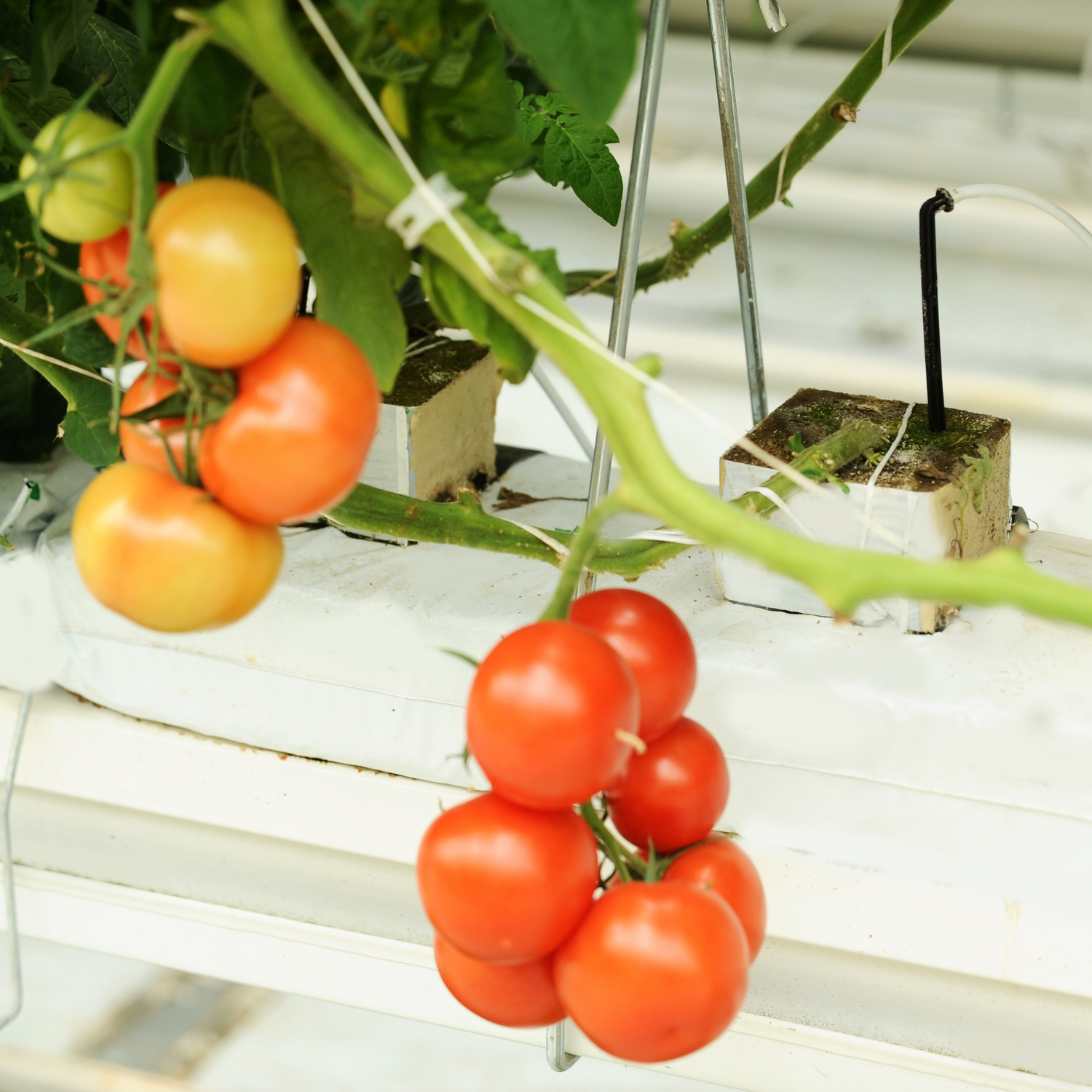Hydroponic systems have been gaining popularity among gardeners and farmers, especially those who are looking for an efficient way to grow plants without soil. Hydroponics is a method of growing plants in a soilless medium while providing all the necessary nutrients directly to the roots. With hydroponics, plants can grow faster and yield more produce compared to traditional soil-based methods. In this article, we will explore the world of hydroponics, including its history, types, benefits, and how it works.
History of Hydroponic Systems
In 1699, John Woodward, an English physician and naturalist, performed one of the first documented experiments with hydroponics. He grew spearmint in water, demonstrating that plants could grow without soil. Later, in the 20th century, hydroponics gained popularity as a way to grow crops in areas with poor soil quality or limited space.

Types of Hydroponic Systems
There are several types of hydroponic systems, each with its unique advantages and disadvantages. Here are the most common types of hydroponic systems:
-
Deep Water Culture (DWC): This system is also known as the "floating raft" system, and it is one of the simplest types of hydroponic systems. Plants are suspended in net pots, and the roots are submerged in nutrient-rich water. The system is easy to set up, low cost, and requires little maintenance.
-
Drip Irrigation: In this system, a drip emitter delivers nutrient-rich water to the plant roots through a drip line. This system is ideal for larger plants that require more water and nutrients.
-
Nutrient Film Technique (NFT): This system involves a continuous flow of nutrient-rich water that is pumped through a shallow channel, allowing the plant roots to absorb the necessary nutrients. NFT is an ideal system for smaller plants, and it requires less water than other systems.
-
Aeroponics: In this system, plant roots are suspended in air, and nutrient-rich water is misted onto the roots. This system is ideal for growing plants that require high oxygen levels, such as lettuce and herbs.
Benefits of Hydroponic Systems
Hydroponic systems offer several advantages over traditional soil-based methods, including:
-
Faster growth: Since plants receive all the necessary nutrients directly, they can grow up to 50% faster than traditional methods.
-
Higher yields: Hydroponic systems can yield up to three times more produce compared to soil-based methods.
-
Less water usage: Hydroponic systems require less water than traditional methods, making them more sustainable.
-
No soil-borne diseases: Since hydroponic systems don't use soil, there is less risk of soil-borne diseases affecting the plants.
How Do Hydroponic Systems Work?
Hydroponic systems work by providing plants with all the necessary nutrients and water directly to the roots. Instead of soil, plants are grown in a soilless medium such as rock wool, perlite, or coconut coir. Nutrient-rich water is then delivered to the plants through various methods, such as deep water culture, drip irrigation, or nutrient film technique. In addition, hydroponic systems require a light source to provide the necessary energy for photosynthesis.
The most commonly used light sources are LED grow lights, which can provide the necessary light spectrum for optimal plant growth.
One of the most critical factors in hydroponic systems is maintaining the correct nutrient balance. Hydroponic nutrients are specially formulated to provide all the essential elements that plants need to grow, such as nitrogen, phosphorus, and potassium. These nutrients are dissolved in water and delivered directly to the plants' roots.
pH balance is also essential in hydroponic systems. The ideal pH range for most plants is between 5.5 and 6.5. If the pH is too high or too low, the plant will have trouble absorbing nutrients and may experience stunted growth or nutrient deficiencies.
In addition to proper nutrient and pH balance, hydroponic systems require adequate ventilation and temperature control. Proper ventilation is necessary to prevent mold and mildew growth, while temperature control is essential to maintain an optimal growing environment for the plants.
FAQs
-
Can any plant be grown using hydroponic systems? Most plants can be grown using hydroponic systems, including fruits, vegetables, herbs, and flowers. However, some plants may require specific conditions, such as high humidity or low light, to grow successfully.
-
Are hydroponic systems more expensive than traditional methods? Hydroponic systems can be more expensive to set up than traditional methods. However, they can yield more produce and require less water, making them more cost-effective in the long run.
-
Is it difficult to maintain a hydroponic system? Maintaining a hydroponic system requires more attention to detail than traditional methods. However, once the system is set up correctly, it requires less maintenance than soil-based methods.
-
Can hydroponic systems be used to grow organic produce? Yes, hydroponic systems can be used to grow organic produce. However, the nutrients used in the system must be organic, and the system must meet the requirements set by the USDA for organic certification.
-
Is it possible to over-fertilize plants in hydroponic systems? Yes, it is possible to over-fertilize plants in hydroponic systems, which can lead to nutrient burn and damage to the plants' roots. It is essential to follow the manufacturer's instructions for nutrient application and maintain the proper pH balance.
Conclusion
Hydroponic systems offer a sustainable and efficient way to grow plants without soil. With the right setup and maintenance, hydroponic systems can yield more produce, use less water, and provide a faster-growing time than traditional soil-based methods. There are several types of hydroponic systems available, each with its advantages and disadvantages. By understanding how hydroponic systems work, gardeners and farmers can take advantage of this technology to grow healthy, sustainable crops in any environment.




Leave a comment
This site is protected by hCaptcha and the hCaptcha Privacy Policy and Terms of Service apply.